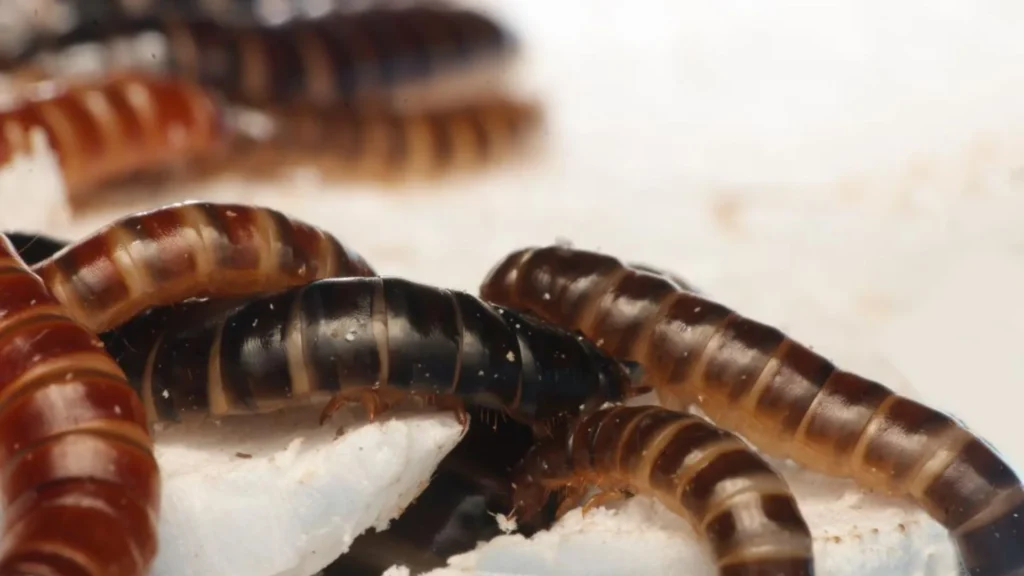
The mealworm: Africa’s solution to plastic pollution
The mealworm can degrade up to 50% of polystyrene.

The mealworm can degrade up to 50% of polystyrene.
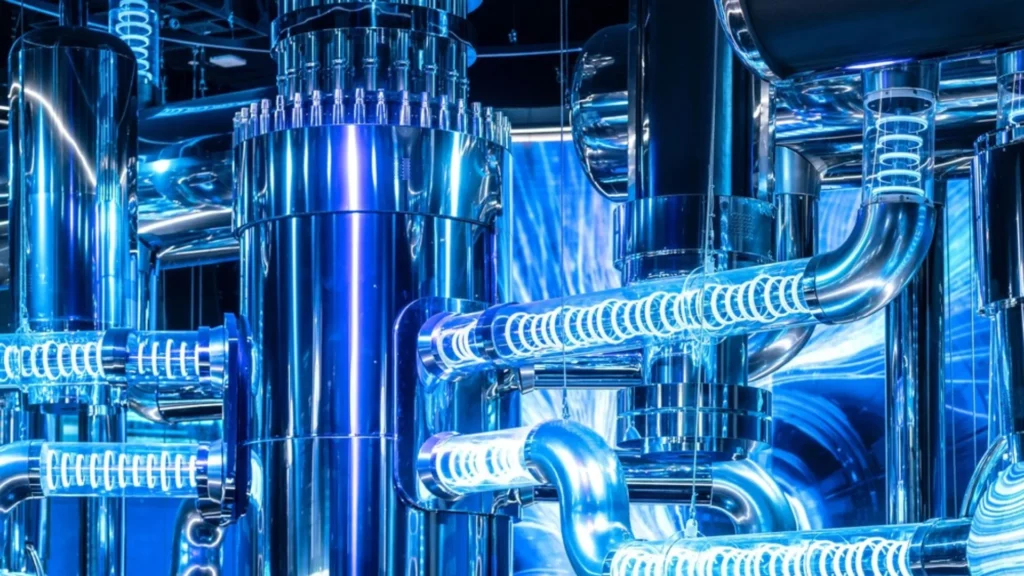
The temperature of 200 million °C reached by QKC is 13 times hotter than the core of the Sun.
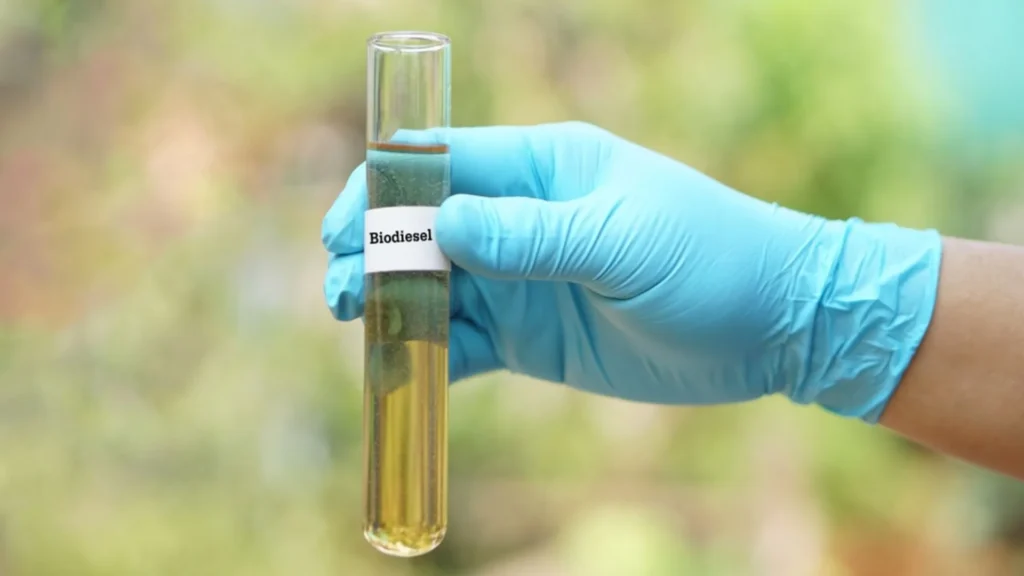
The new process converts used oil into biodiesel in just 60 minutes, making it more efficient and sustainable for the industry.
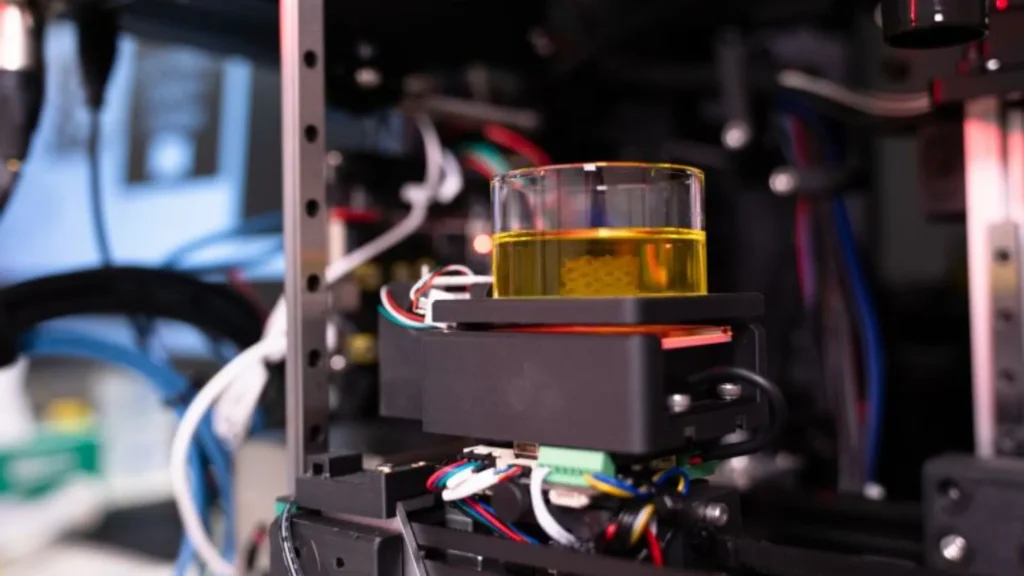
3D bioprinter prints complex human tissues 350 times faster than traditional technologies.
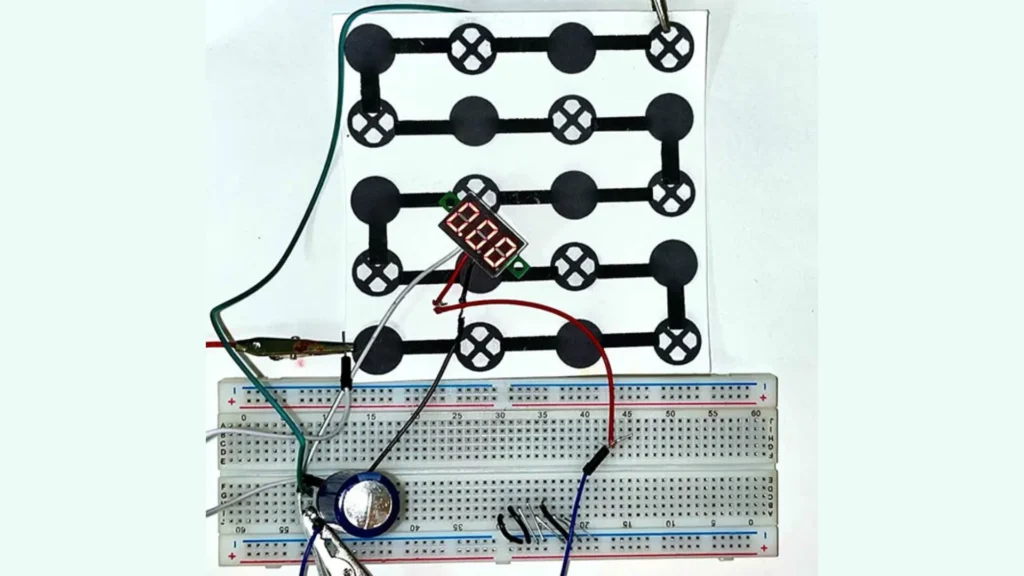
The device uses bacterial spores to convert air humidity into electricity, taking advantage of the difference in charge created between the generated ions.

The researchers managed to get the thread to maintain its electrical properties after one year of use and seven washes.
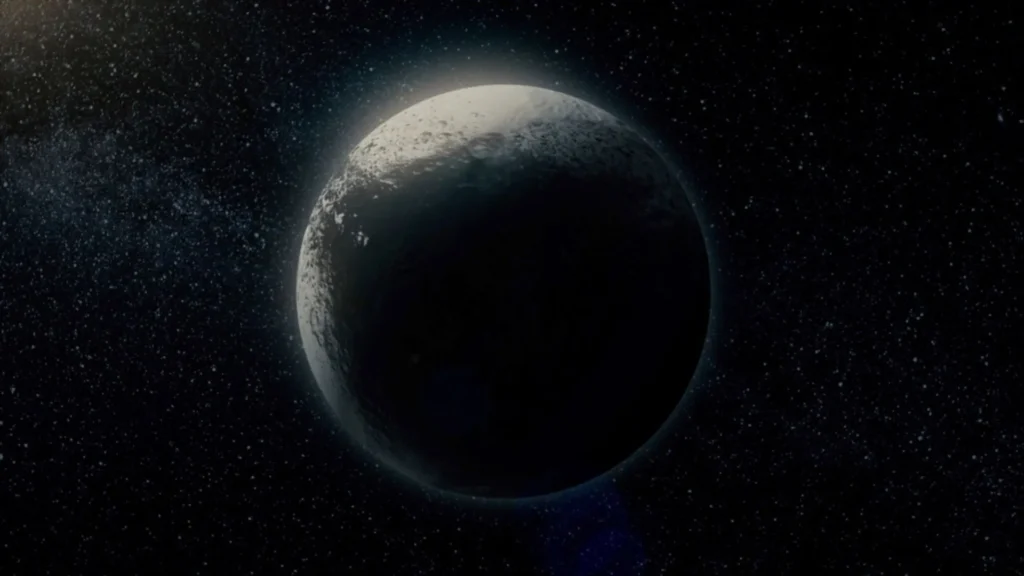
Although Miranda is tiny compared to other moons, it may harbor a subsurface ocean that occupies nearly half of its internal volume.
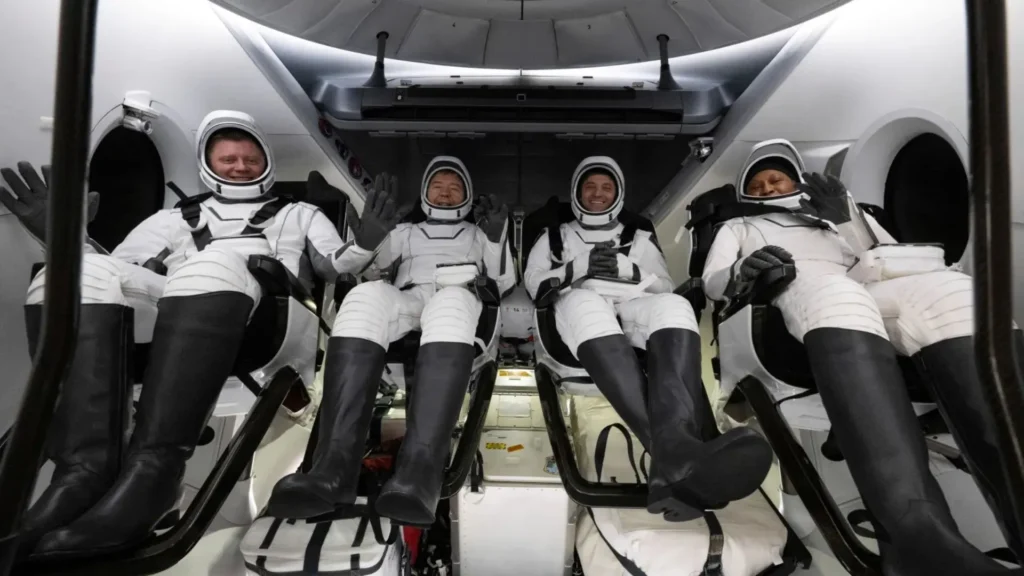
These commercial missions consolidate public-private collaboration in the space sector, paving the way towards self-sufficiency in future explorations.
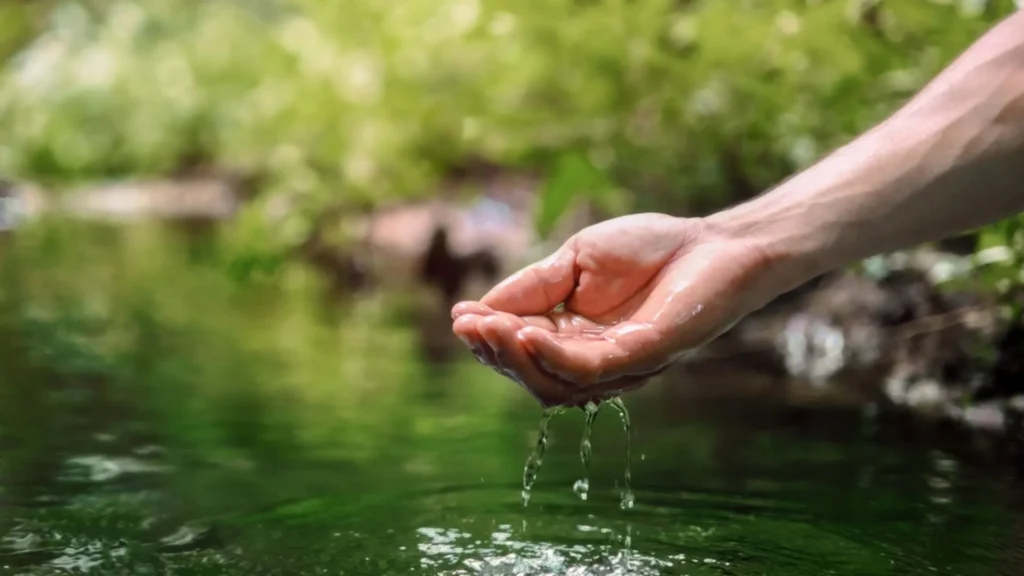
This breakthrough could benefit both individuals and communities, mitigating the effects of the global water crisis.

The project involves inserting key genes from the woolly mammoth into the genome of the Asian elephant.
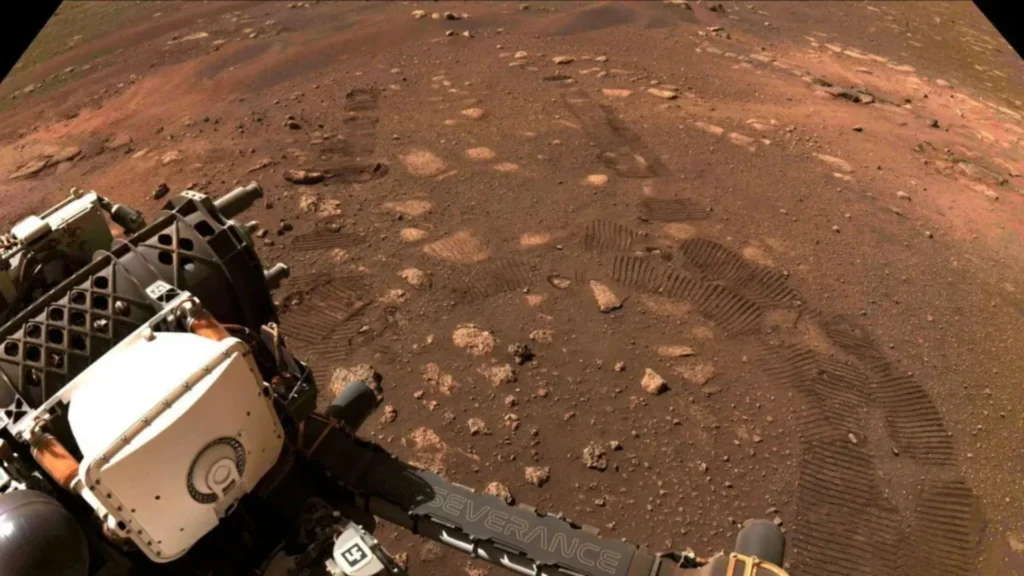
This discovery could reduce the amount of materials that would need to be transported from Earth, facilitating the creation of extraterrestrial settlements.
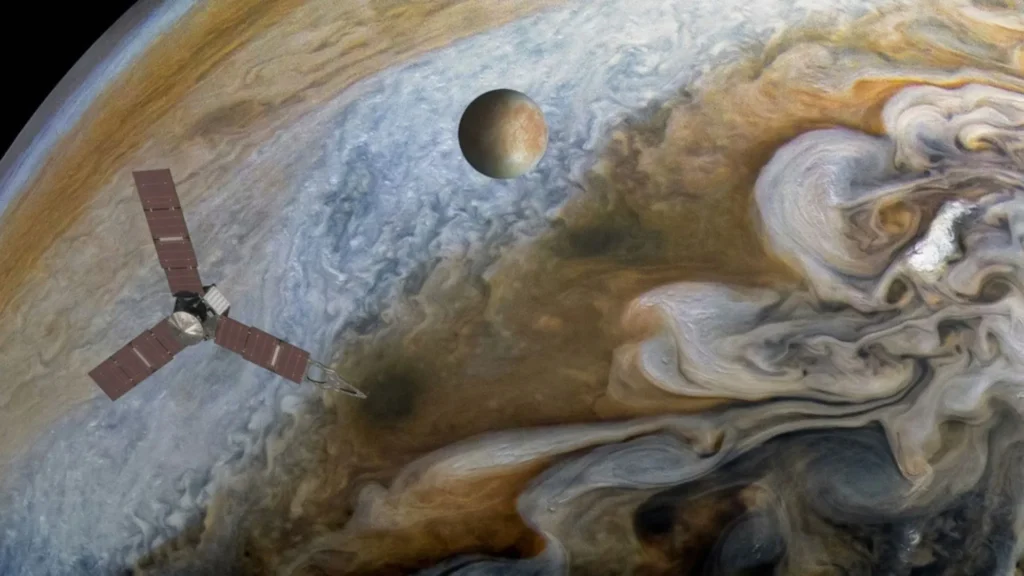
The probe will travel 2.9 billion kilometres in six years to investigate whether the moon could host life.